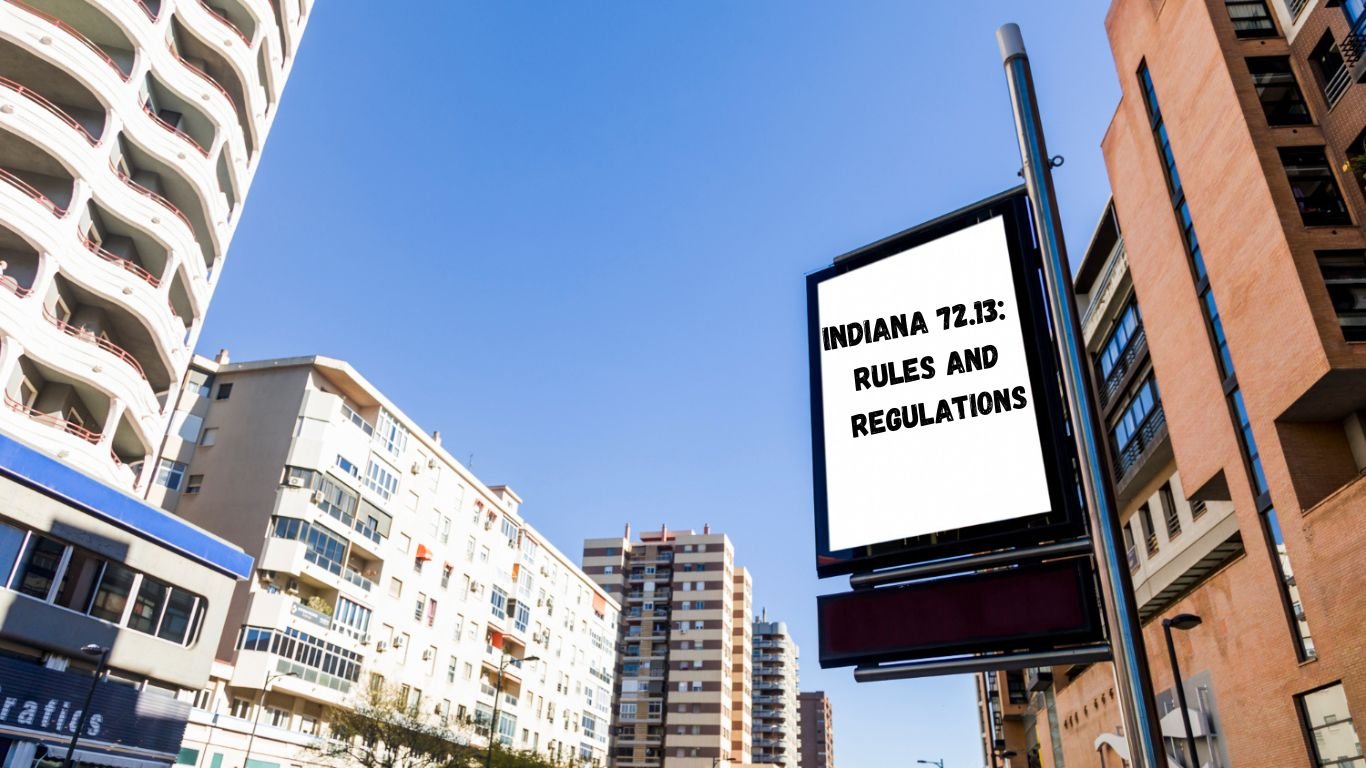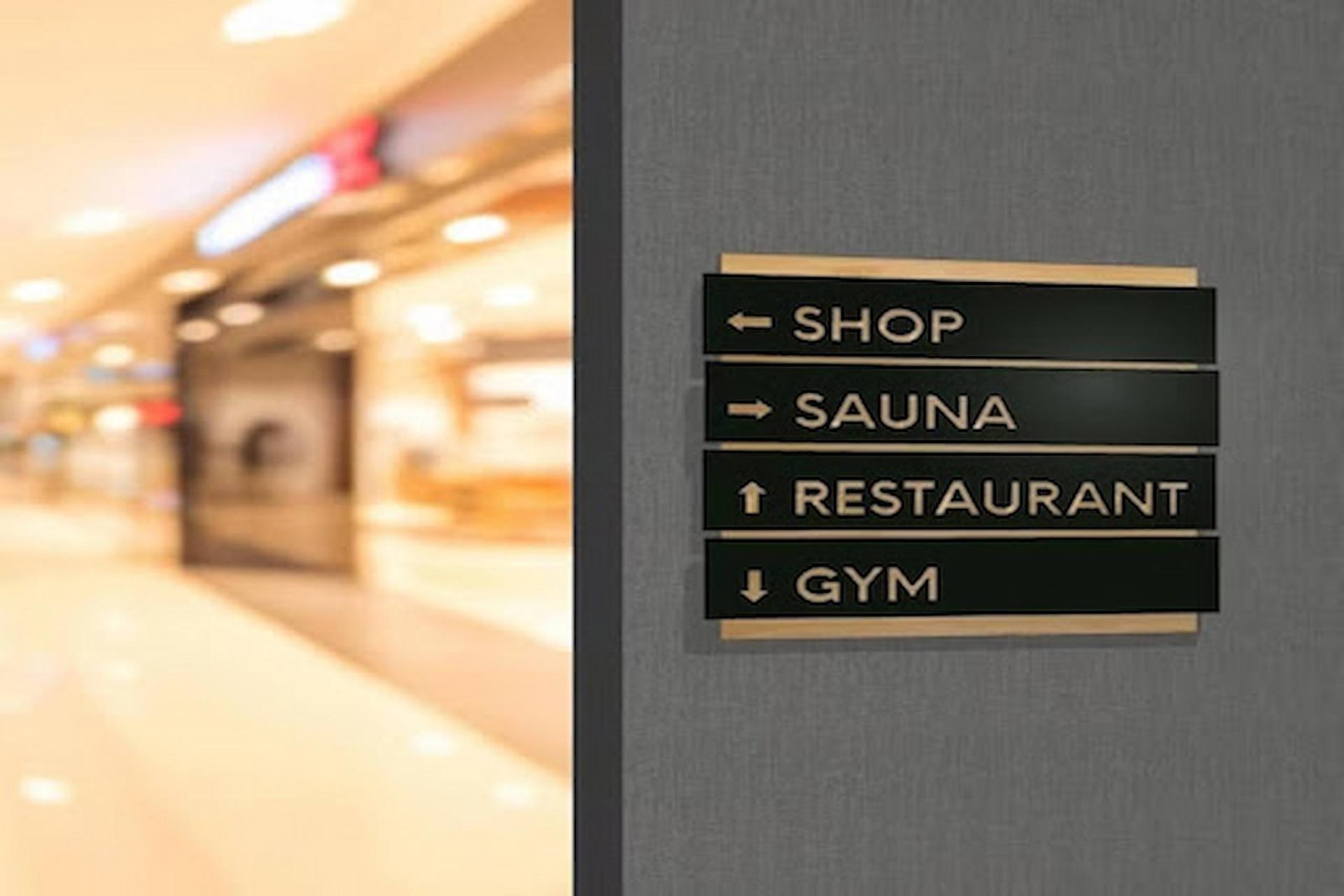Regulations pertaining to resident parks and housing for mobile dwellings (HMDs) are covered under Indiana 72.13. This law describes the rights, obligations, and protocols that apply to people who live in mobile home parks or other comparable environments. Both park operators and residents must be aware of this legislation.
The goal of the rule is to give locals a safe and equitable environment. Tenant rights, maintenance obligations, and the dispute resolution procedure are only a few of the topics it addresses. The statute demonstrates the state’s dedication to safeguarding locals’ interests while making sure park managers uphold a good level of living.
The phrase “resident park” in Indiana usually refers to specific locations where mobile homes are positioned so that inhabitants can live in a communal environment. By giving people and park administrators a framework to work within, the regulations assist guarantee that these parks function in accordance with state standards.
In general, Indiana 72.13 is crucial for fostering openness and equity in the resident park and HMD community, so it is imperative that all parties involved be aware of its requirements.
Important Terms in Indiana 72.13: HMD/Resident Park
Accurately comprehending Indiana 72.13 requires an understanding of its fundamental definitions. In general, a “resident park” is a place where people can live in manufactured homes or mobile homes. This definition is essential for figuring out whether the law applies.
“HMD,” or “housing for mobile dwellings,” is another crucial term that refers to a variety of mobile home living situations. Both permanent and temporary housing choices are offered, enabling locals to locate acceptable lodging in approved locations.
Furthermore, “park operator” refers to the person or organisation in charge of overseeing the park, whilst “tenant” refers to the people who occupy a space in the resident park. The basis for the rights and responsibilities specified in the regulations is established by these definitions.
These definitions’ clarity guarantees that everyone knows their roles and obligations, which promotes harmony in the home.
Qualifications for Indiana’s Resident Park/HMD
In order to be eligible to live in a park under Indiana 72.13, applicants need to fulfil certain requirements. The possession of a mobile home that conforms with state standards is one of the main prerequisites. The dwellings’ safety and suitability for habitation are guaranteed by this compliance.
Prospective residents can also be required to present documentation of their financial stability or income. Park managers frequently look for proof that renters can fulfil their responsibilities and keep their current living situation.
Other Typical Eligibility Criteria Are:
- Background checks to guarantee a secure neighbourhood.
- Adherence to regional zoning laws and ordinances.
- Submitting a filled-out application together with the necessary supporting documentation.
- All inhabitants may live in a stable and secure environment thanks to these standards, which also serve to keep the community safe and well-run.
Indiana 72.13: Resident Park/HMD Application Process
There are several important elements in the application process for residency in a park regulated under Indiana 72.13. Applicants must first fill out an application that the park management has provided. Usually, this form asks for financial background information, personal information, and mobile home specifics.
A background check may be performed on potential residents once they submit their application. In order to guarantee a safe living environment for all residents, park management use this phase to evaluate the applicant’s fitness for residency.
The new resident will sign a lease agreement detailing the terms and circumstances of their stay when the application has been accepted. Because it outlines the rights and obligations of both the park operator and the tenant, this agreement is essential.
Before submitting an application, candidates should become familiar with Indiana 72.13 requirements. They can handle the process more skilfully and guarantee adherence to park regulations if they are aware of the guidelines.
Rights and Obligations Under Indiana 72.13: Park/HMD Residents
Park visitors are granted particular rights under Indiana 72.13 that are intended to safeguard their interests. One of these rights is the freedom to enjoy their houses without excessive park operator intrusion. A decent level of living, including upkeep of common areas and access to necessary services, is what residents may anticipate.
However, residents are also accountable for their actions. They have to abide by the park’s rules and regulations, which may include things like noise levels, upkeep of the land, and conduct in the neighbourhood. Residents help create a pleasant living environment for everyone in the park by abiding by these rules.
Important Rights Consist of:
- The right to nondiscrimination and equitable treatment.
- The right to seclusion in the area they rent.
- The park operator’s obligation to provide appropriate upkeep and repairs.
For the benefit of both park operators and inhabitants, it is essential to comprehend these rights and obligations in order to promote a courteous and peaceful community environment.
Typical Obstacles Residents Face in Park/HMD Environments
People who live in parks under Indiana 72.13 frequently face a number of difficulties. Lack of communication between park operators and residents is a frequent problem that results in misconceptions about expectations and regulations. Keeping a positive living environment requires clear communication.
The possibility of disagreements over maintenance duties is another difficulty. Park managers may be perceived by locals as failing to properly maintain common areas or make required repairs. The community may become frustrated and feel neglected as a result.
Other Typical Difficulties Incorporate:
- Rent increases that can surpass inhabitants’ means of subsistence.
- Parking and common area utilisation problems.
- Issues pertaining to community dynamics and neighbour problems.
All parties concerned must work together and communicate effectively in order to address these issues and meet the requirements of the residents.
Advantages of Indiana 72.13: Rules for Resident Parks and HMDs
Both park managers and occupants can profit from Indiana 72.13 in a number of ways. The creation of precise regulations that encourage openness is one important benefit. The law helps avoid disagreements and miscommunications by defining rights and obligations.
By establishing guidelines for park administration, the rules also help to create a stable living environment. This may result in better facility upkeep, more security, and an improvement in the standard of living for locals.
Among the main advantages are:
- Improved community cohesion by establishing clear guidelines and standards.
- safeguarding inhabitants’ rights and guaranteeing equitable treatment.
- clarity in the new resident application process.
In the end, these advantages create a more safe and friendly environment in resident parks and HMDs, promoting constructive community involvement.
Indiana 72.13: Resident Park/HMD in Comparison to Other States
There are a number of differences between Indiana 72.13 and comparable laws in other states. Although resident parks are subject to rules in many jurisdictions, the details of those restrictions might differ greatly. In order to establish a balanced environment, Indiana’s strategy places a strong emphasis on operator obligations and resident rights.
For instance, certain governments may prioritise the convenience of application for citizens, while others may have stricter rules pertaining to safety and maintenance requirements. Stakeholders thinking on relocating to Indiana as opposed to other states must be aware of these distinctions.
Important Comparative Features Incorporate:
- States differ in their eligibility requirements.
- Variations in the rights accorded to inhabitants.
- Procedures for resolving disputes vary by state.
Based on the regulatory environment and how it affects their quality of life, this comparative analysis can assist locals in making well-informed judgements about where to live.
Recent Modifications and Updates to Indiana 72.13: HMD/Resident Park
Updates and revisions to Indiana 72.13 may be necessary to reflect shifting societal demands and circumstances. Eligibility requirements, application procedures, or resident rights may have changed recently. It is important for park operators and residents to stay informed about these revisions.
In parks, amendments frequently seek to improve living conditions and resident safeguards. To guarantee that residents are treated fairly, recent improvements can, for example, address concerns about maintenance standards or dispute resolution procedures.
Recent Developments to Keep an Eye on:
- Modifications to rent control policies.
- Improved provisions for safety and maintenance needs.
- Updates on the procedures for residents and operators to communicate.
Stakeholders can ensure legal compliance and adjust to new legislation by staying informed about these modifications.
Procedures for Dispute Settlement Under Indiana 72.13: Resident Park/HMD
Specific procedures for settling conflicts between park operators and inhabitants are outlined in Indiana 72.13. These procedures are intended to offer an organised method of resolving potential disputes. Fair and prompt resolutions can be facilitated by having a well-defined process.
Residents are usually advised to speak with the park operator directly about their issues first. Issues can frequently be resolved by open discussion before getting worse. Residents can use the proper procedures specified in the regulations to formally make a complaint if direct communication is unsuccessful.
Important Steps in the Process of Dispute Resolution:
- Try to resolve the issue amicably through discussion.
- If the problem continues, file an official complaint.
- If required, take part in arbitration or mediation.
These procedures guarantee that locals have channels for resolving their complaints, fostering an equitable park environment.
Support and Community Involvement in Resident Parks and HMDs
In resident parks according to Indiana 72.13, community involvement is essential to improving the quality of life. Residents that actively participate in community events feel more a part of it. Social get-togethers and informative seminars about the rights and obligations of tenants are two examples of these kinds of events.
In these groups, networks of support are equally crucial. Locals frequently organise into associations that fight for their rights and cooperate to solve problems. By working together, we can improve living conditions and improve communication with park managers.
Advantages of Involving the Community:
- Improved ties between residents.
- Heightened knowledge of laws and rights.
- Improved assistance for cooperative problem-solving.
Residents can make the park a more encouraging and helpful place for everyone by cultivating a feeling of community.
Conclusion: How Residents Are Affected by Indiana 72.13: Resident Park/HMD
In summary, the lives of those who reside in mobile home parks are greatly impacted by Indiana 72.13: Resident Park/HMD. This law creates obligations for park operators and safeguards inhabitants’ rights by outlining precise rules and regulations.
For people to successfully manage their living circumstances, it is essential that they comprehend these rules. It guarantees that their opinions are heard in the community and gives them the ability to fight for their rights.
Both park managers and occupants must stay up to date on any changes as Indiana’s regulations continue to change. Stronger communities and improved living conditions for everybody can result from the continuous communication and participation that these policies encourage.




